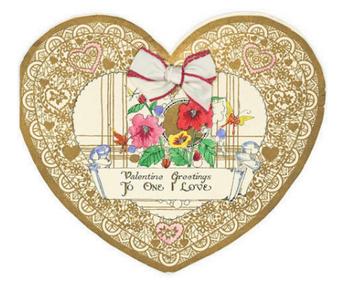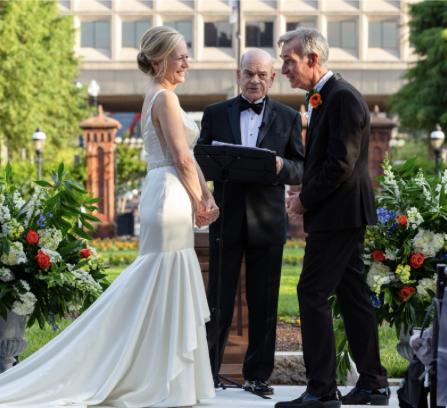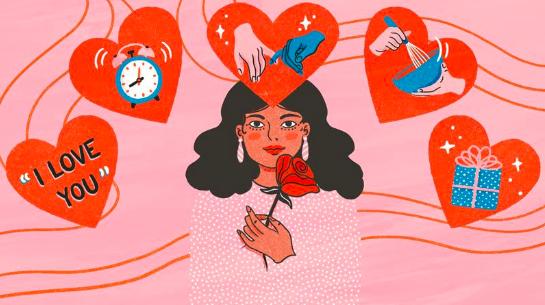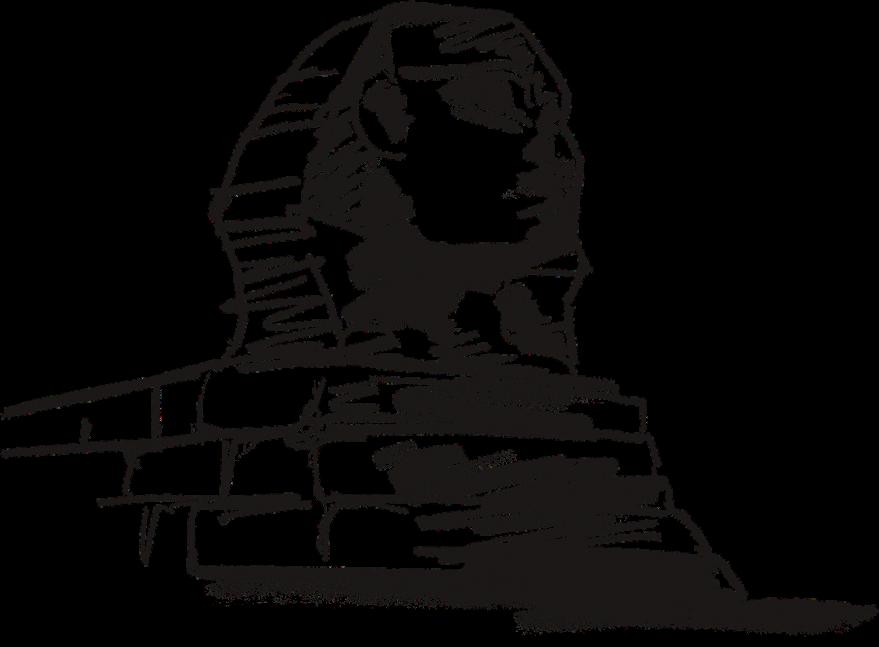
1 minute read
THE HISTORY OF VALENTINE'S DAY
Giselle Menezes
10B The origins of Lupercalia can be traced all the way to the 6th century BCE, with the legend of Romulus and Remus. It is said that the festival is to honour the she-wolf who nurtured the twins; and to please the Roman God of fertility: Lupercus. Historians have noted that the sacrifices were public displays, performed by groups of priests in several different locations - within Roman open air, the Lupercal cave, Palatine Hill, and even the public meeting place called the Comitium. One or more male goat -- a symbol of innocence -- would be offered to Lupercus, alongside a dog.
Advertisement
There is no definite beginning to this festival. And, although its name comes from the martyred Christian saint, many historians have recognised Valentine’s Day as a branch of the ancient pagan festival of Lupercalia. Unlike the themes of Valentine’s Day, Lupercalia was a bloody and erotic festival, awash with animal sacrifice in order to avert evil spirits and infertility.
The feasting would then begin. Young men would draw the names of women out of a pittacia (lottery), in which they would be coupled together for the rest of the festival, or longer, if the couple was deemed fit by the priests.
However, the festival of Valentine's Day as we know today, was only assembled after the execution of two men on the 14th of February (on separate years) by the Roman Emperor Claudius the II: Valentine, and Valentinus. Their martyrdom was honoured by the Catholic Church, both becoming Saints. While many legends surround their executions, the Catholic Church expressed that Valentine was a priest, performing unauthorised marriages for the outlawed young men of Rome.
During the 14th Century CE, Pope Gesalius combined Valentine’s Day with the festival of Lupercalia, in order to expel the ‘unholy’ pagan rituals, and make it an official holiday in the Catholic calendar. The festival became more of a loose interpretation of what it was before.
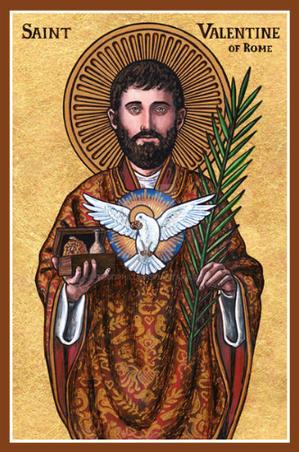
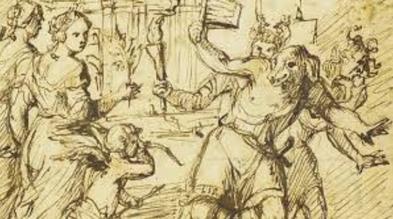
The holiday gained popularity in the rest of the world after its romanticisation in contemporary literature - i.e. the festival was mentioned in some of Shakespeare’s plays like Hamlet. Hand-made paper cards became the sign of love in Middle Age Britain. Eventually, the tradition travelled to the New World (the USA); and in 1913, Hallmark Cards began mass producing Valentine’s Day cards. Today, the holiday has become a symbol for love; and, while it can be said it has become extremely commercialised, it is a day to fully appreciate your loved ones. Sending heart-felt messages of affection to family and friends (i.e, ‘Galentines’), or giving gifts of flowers and chocolates. Despite its violent roots, the 14th of February has become an international celebration of love for all.
